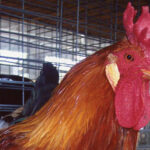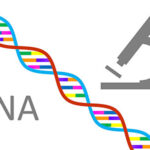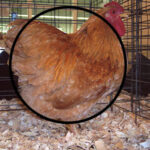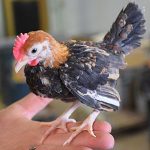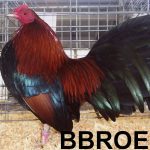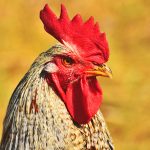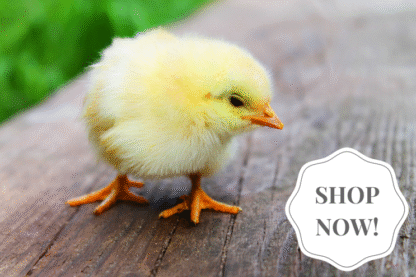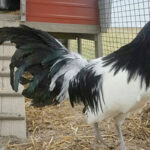
Lakenvelder chickens are an ancient laying breed from the Utrecht area of southern Holland and the neighboring Nordrhein-Westfalen area of Germany. They take their name from the Dutch village of Lakervelt, in a region that favors the color pattern of a white mid section with black extremities. Besides Lakenvelder chickens, examples include goats, rabbits, pigs, […]
Continue Reading
